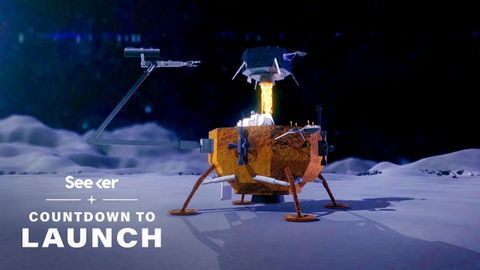中国の「嫦娥5号」が約40年ぶりに月の岩石を採取 (China’s Chang'e 5 Will Collect the First Moon Rocks in Nearly 40 Years)
林宜悉 が 2020 年 11 月 21 日 に投稿  この条件に一致する単語はありません
この条件に一致する単語はありませんUS /məˈtɪriəl/
・
UK /məˈtɪəriəl/
- n. (c./u.)衣料;原材料;原料
- adj.関連な,重要な;世俗的な : 物質的な : 物質でできた
US /ˈpræktɪs/
・
UK /'præktɪs/
- n.仕事;練習すること;慣習
- v.t./i.開業;従う;練習する;実践する
US /ɪkˈstrim/
・
UK /ɪk'stri:m/
- adj.(程度が)最も高い : 極度の;極端な;強烈な;極端な
- n.(物事の)極端 : 極致;極限;極端な手段
エネルギーを使用
すべての単語を解除
発音・解説・フィルター機能を解除
